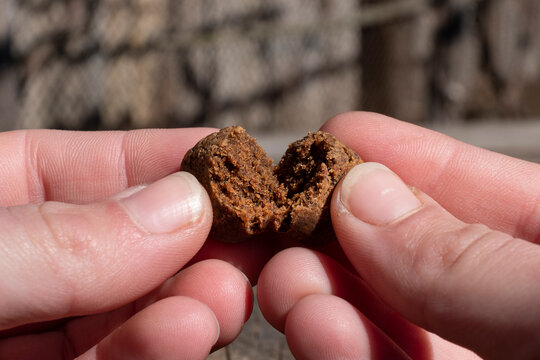
Uterine fibroids are incredibly common in women and they usually develop during a woman’s childbearing years. If you have recently discovered fibroids in your womb but aren’t experiencing debilitating symptoms, then you should explore holistic ways to manage the growth. Here is a quick guide about uterine fibroids and how you can treat them.
What Are Fibroids?
Uterine fibroids are abnormal growths that develop in or on the uterus. They are non-cancerous and are made from muscle and fibrous tissue. They can grow in a singular form or in clusters and there are various types of fibroids. Intramural fibroids grow on the muscular uterine wall, submucosal fibroids develop in the cavity while subserosal fibroids develop on the outside of the uterus. There are also other types, such as pedunculated fibroids. This type occurs when a submucosal or subserosal fibroid develops on the exterior of the womb but is attached with a narrow stalk of tissue.
Do I Need to Get Rid of Them?
According to studies, up to 80 percent of people develop fibroids by the age of 50 yet only one in three women experience symptoms. If you are one of the lucky ones, then the chances are you won’t need to do anything. Just keep an eye on your body and be wary of any changes. However, those unfortunate enough to experience pain and discomfort will most definitely want to treat them. The treatment for uterine fibroids varies, and if you feel as though the symptoms are debilitating then the best thing to do is contact a fibroid expert. The American Fibroid Centers specialize in treatment for women including uterine fibroid embolization.
Change of Diet
If you want to try and manage your fibroids without the help of a professional, then a change of diet is the easiest way forward. Studies show that being overweight or obese can increase your risk for fibroids and that eating an excessive amount of red meat, such as lamb and beef, is a contributing factor. Experts suggest that swapping your current diet to a Mediterranean diet can help reduce your risk. This type of diet is rich in fruit, green vegetables, oily fish and legumes.
Lifestyle Changes
Studies show that people who are overweight or obese are more likely to develop fibroids. By maintaining a healthy weight you could ward off this risk. Regular exercise can help you manage your weight and reduce your risk. Furthermore, fat cells create large amounts of the estrogen hormone. Too much of this hormone in your body can make existing fibroids worse, or increase your risk of developing them. Therefore, losing weight can also help lower your estrogen levels.
Add Some Vitamin D to Your Life
Up your dose of vitamin D to lower your chance of developing uterine fibroids.
Also known as the sunshine vitamin, your body naturally produces vitamin D when your skin is exposed to the sun. Supplement your diet with foods rich in vitamin D. These include egg yolks, fortified dairy products, fatty fish, and cod liver oil.




More Stories
What To Expect From A Nursing Care Home
The Quest for the Best Hash Online in Canada: Tips and Tricks
Ensuring Security and Accessibility in Care Homes